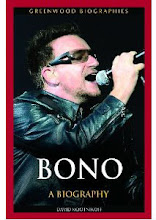"The word is a flame burning in a dark glass"In October 1973, Sheila Watson gave a reading at the then Grant MacEwan Community College here in Edmonton and made what has since become a defining statement on her aesthetic:
“I would say that what I was concerned with was figures in a ground, from which they could not be separated. I don't think of them as people in a place, in a stage set, in a place which had to be described for itself, as it existed outside the interaction of the people with the objects, with the things, with the other existences with which they came in contact. So that the people are entwined in, they're interacting with the landscape, and the landscape is interacting with them.”
Watson’s emphasis on this interaction between “figures” and “ground” represents an attempt to get beyond the autonomous view of the individual that her friend Marshall McLuhan identified as characterizing the post-Gutenberg era. With her first novel, Deep Hollow Creek, written in the 1930s but not published until 1992, Watson confronts the old hubris that posited humankind apart and above nature or suggested individuals could control their own destiny without attempting to understand the environmental pressures influencing acts of agency.
In DHC Watson begins the journey that eventually culminated with her classic, The Double Hook (1959). She embeds the content into the landscape to reveal the symbiotic relationship binding together all elements in an environment. The form of DHC demonstrates that everything is interconnected simultaneously: trees, water, animals, humans. Context mingles with content, mediums become messages and vice-versa.
Watson maps out the contours of the environment by privileging its setting - the Cariboo country of British Columbia - as a force in itself. By raising the background to the level of foreground, she compels us to view this architecture hidden in plain sight to be as important as any human influence. Now more than ever, it behooves us to listen.














No comments:
Post a Comment